Republished from 11/6/2011 from the What’s Cooking Archives at The Stars Hollow Gazette
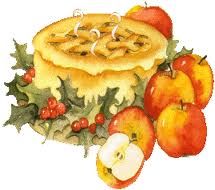 Mince pie is a old holiday tradition that can be traced back to 13th century when European crusaders returned from the Middle East with recipes for meats, fruits and spices. Mincing was a way of preserving meats without salting or smoking. The pie has been served at royal tables and, at one time, was banned by the Puritans since it was a symbol of the Pagan Christmas celebration.
Mince pie is a old holiday tradition that can be traced back to 13th century when European crusaders returned from the Middle East with recipes for meats, fruits and spices. Mincing was a way of preserving meats without salting or smoking. The pie has been served at royal tables and, at one time, was banned by the Puritans since it was a symbol of the Pagan Christmas celebration.
Traditional mincemeat pie contains shredded meat and suet along with fruits and spices and cooks for hours. Mostly made with beef, there is a record of a recipe that used whale meat. Today, most cooks buy mince in a jar, like Cross & Blackwell or None-Such, to make pies and small tarts. I use to do that as well, adding chopped apples, walnuts and extra brandy.
Several years ago, I came across recipe for a meatless mince full of apples, dried fruits and lots of spices. It cooks over low heat for about ninety minutes filling the house and the neighborhood with its spicy aroma. This recipe calls for pippin apples but MacIntosh, Granny Smith or any pie variety of apple is a fine substitute. I use a combination. It can be made a week or so ahead of time and kept refrigerated in an airtight container. The recipe will make one pie or about a dozen medium tarts. I like the tarts even though it’s more work making the crusts. For the top crust, I make decorative cutouts with small cookie cutters, shaped like leaves and acorns. I’ve also just made a few cutouts in the top crust and surrounded the pie edge with the dough cutouts.
Ingredients:
3 1/2 pounds small pippin apples (about 7), peeled, cored, chopped
1/2 cup chopped pitted prunes
1/2 cup golden raisins
1/2 cup dried currants
1/2 cup firmly packed dark brown sugar
1/4 cup unsulfured (light) molasses
1/4 cup brandy
1/4 cup orange juice
1/4 cup (1/2 stick) unsalted butter, cut into pieces
2 tablespoons dark rum
1 tablespoon grated orange peel
1 teaspoon grated lemon peel
1 teaspoon ground cinnamon
1/4 teaspoon ground cloves
1/4 teaspoon ground allspice
1/4 teaspoon ground nutmeg
Pinch of saltPreparation:
Combine first 17 ingredients in heavy large saucepan or Dutch oven. Cook over low heat until apples are very tender and mixture is thick, stirring occasionally, about 1 1/2 hours. Cool filling completely. (Can be prepared up to 1 week ahead. Cover and refrigerate.)
Position rack in lowest third of oven and preheat to 400°F. Roll out 1 pie crust disk on lightly floured surface to 13-inch-diameter round (about 1/8 inch thick). Roll up dough on rolling pin and transfer to 9-inch-diameter glass pie plate. Gently press into place. Trim edges of crust, leaving 3/4-inch overhang. Fold overhang under crust so that crust is flush with edge of pie pan. Crimp edges with fork to make decorative border. Spoon filling into crustlined pan, gently pressing flat.
Roll out second disk on lightly floured surface to 13-inch round. Cut out about 28 three-inch leaves using cookie cutter. Press leaves lightly with tines of fork to form vein pattern. Brush bottom of 1 leaf with milk. Place leaf atop mince, overlapping crust slightly and pressing to adhere to crust. Continue placing leaves atop pie in concentric circles, overlapping edges slightly until top of pie is covered. Brush crust with milk. Bake until crust is golden brown and mince bubbles, about 40 minutes. Cool completely. Serve pie with rum raisin ice cream if desired.
(To make this recipe vegan substitute light olive oil for the butter.
Bon appétit!

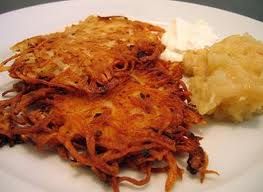 It isn’t Hanukkah without Potato Latkes, those wonderful, crispy pancakes of shredded potato and onion served with apple sauce. It’s lot easier than when I was growing up in the 50’s. Back then we had to shred them with a metal grater that often resulted in some shredded knuckles, too. Food processors have saved a lot of knuckles and teary eye from shredding the onion.
It isn’t Hanukkah without Potato Latkes, those wonderful, crispy pancakes of shredded potato and onion served with apple sauce. It’s lot easier than when I was growing up in the 50’s. Back then we had to shred them with a metal grater that often resulted in some shredded knuckles, too. Food processors have saved a lot of knuckles and teary eye from shredding the onion.  Over the last couple of years I’ve shared some of the recipes that I served at the annual Turkey Feast. There have also been diaries about cooking the bird, whether or not to stuff it and suggestions about what to drink that will not conflict with such an eclectic meal of many flavors. It’s not easy to please everyone and, like in my family, there are those who insist on “traditions” like Pumpkin Pie made only from the
Over the last couple of years I’ve shared some of the recipes that I served at the annual Turkey Feast. There have also been diaries about cooking the bird, whether or not to stuff it and suggestions about what to drink that will not conflict with such an eclectic meal of many flavors. It’s not easy to please everyone and, like in my family, there are those who insist on “traditions” like Pumpkin Pie made only from the 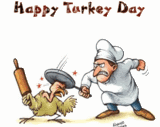 I never went to cooking school or took home economics in high school, I was too busy blowing up the attic with my chemistry set. I did like to eat and eat stuff that tasted good and looked pretty, plus my mother couldn’t cook to save her life let alone mine and Pop’s, that was her mother’s venue. So I watched learned and innovated. I also read cook books and found that cooking and baking where like chemistry and physics. I know, this is Translator’s territory, but I do have a degree in biochemistry.
I never went to cooking school or took home economics in high school, I was too busy blowing up the attic with my chemistry set. I did like to eat and eat stuff that tasted good and looked pretty, plus my mother couldn’t cook to save her life let alone mine and Pop’s, that was her mother’s venue. So I watched learned and innovated. I also read cook books and found that cooking and baking where like chemistry and physics. I know, this is Translator’s territory, but I do have a degree in biochemistry.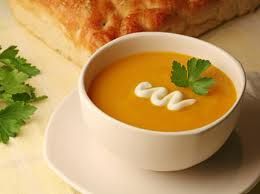 Yes, I’m on a pumpkin kick but the the sweet, small “pie” pumpkins have been plentiful in the market this year and I found an easy way to roast them. But, is your lacking time, canned pumpkin works just as well. My favorite is Libby’s which can be found in most grocery stores year round and you cannot beat the pie recipe in the label.
Yes, I’m on a pumpkin kick but the the sweet, small “pie” pumpkins have been plentiful in the market this year and I found an easy way to roast them. But, is your lacking time, canned pumpkin works just as well. My favorite is Libby’s which can be found in most grocery stores year round and you cannot beat the pie recipe in the label. 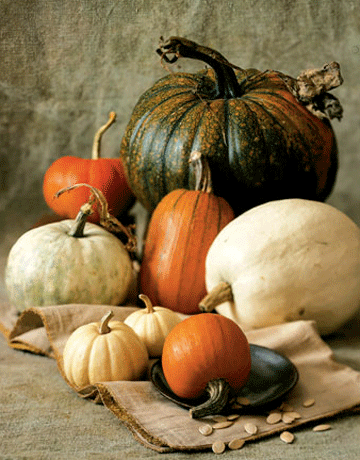 According to Wikipedia
According to Wikipedia 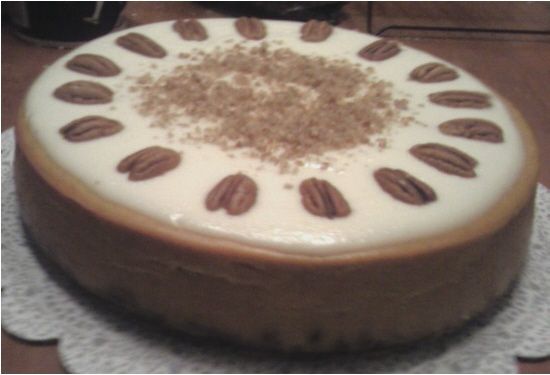
 Ingredients:
Ingredients: Ingredients:
Ingredients: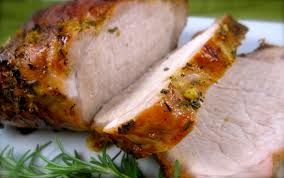 Equipment:
Equipment: Although this year’s fruit crops were effected by the weather,
Although this year’s fruit crops were effected by the weather,